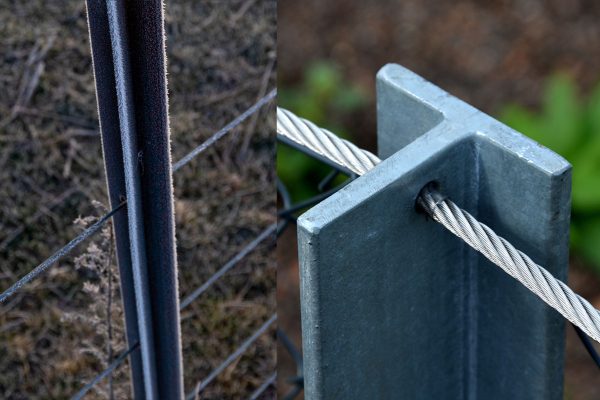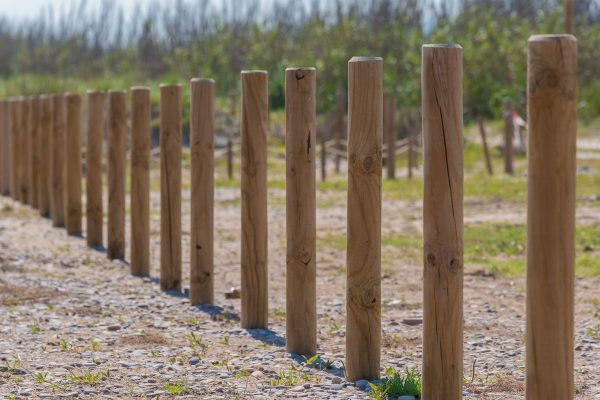A post hole digger is an essential tool for fence renovations. Homeowners who prefer DIY tasks most likely own the equipment. However, some still think it's more practical just renting tools. So for your fencing project, how much might a post hole digger cost to rent versus own? We found the answer for you.
Various kinds of post hole diggers are available on the market to accommodate different needs and uses. Depending on the type and specifications:
- Daily rental of electric and gas-powered post hole diggers can range from $60 to $100.
- Purchase of electric and gas-powered post hole diggers costs between $150 to $4,000.
- You can rent traditional designs, manual diggers, for only $10-$20.
- Purchase a manual post hole digger for between $40 to $80.
Knowing the price range of renting or buying post hole diggers makes decision-making easier. Keep reading this article to learn more about this topic. We will answer some of the common questions and discuss tips and other related items which can be helpful to your renovation.
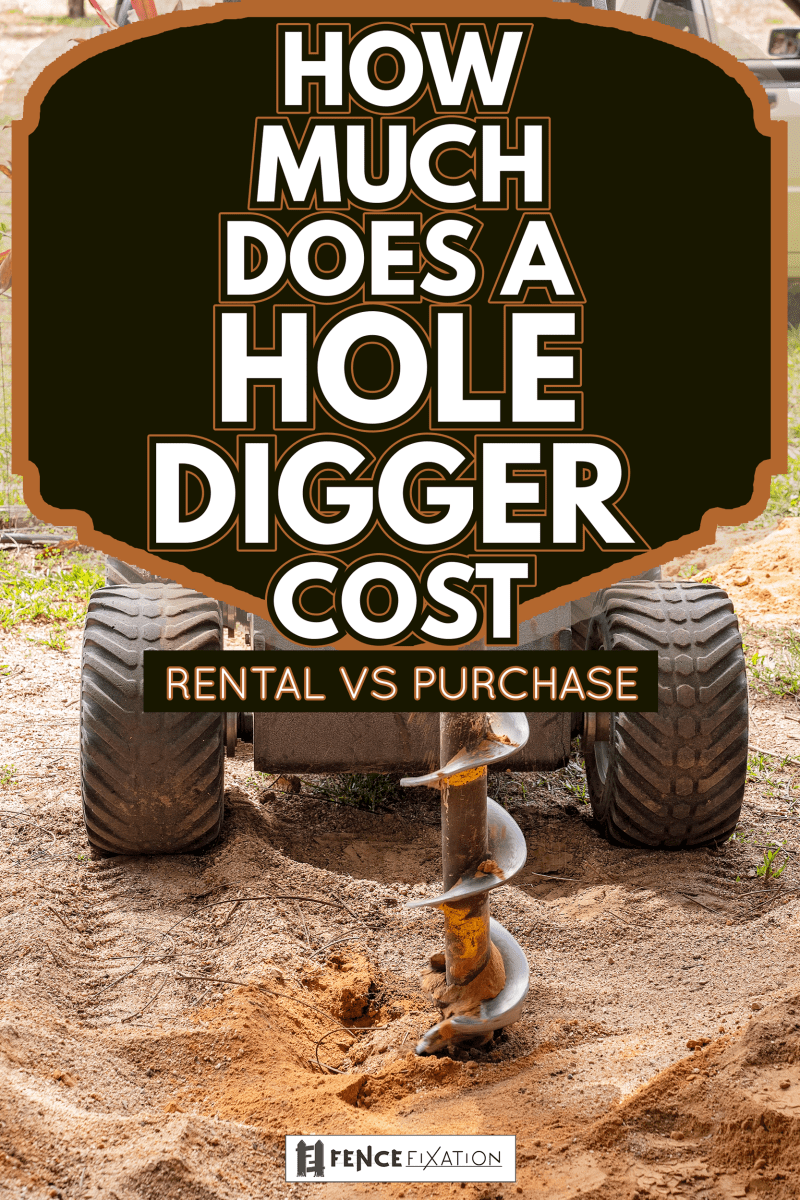
Types of Post Hole Diggers
As mentioned above, there are different tools to dig holes into the soil. Each type varies with the price and functionality. There are manual tools for straightforward tasks and powered excavators for heavy-duty digging.
Gas-Powered Post Hole Diggers
A gas-powered post hole digger or auger is the choice if you're running on a tight schedule. The engine mounted on top of the tool runs on gasoline. It has the same design as those of lawnmowers and chainsaws.
It uses its large drill to bore the ground and dig the hole quickly. In rare cases when you can't lift the digger, check for rocks and roots lodged in the auger, which prevents it from operating.
You can rent a one-person gas-powered auger for $60 to $100 per day or weekly for $180 to $420.
If you want to own one, the price ranges from $150 to $400. There's also the towable kind with a rental cost of $80 to $120 and can be sold with a starting price of $800 up to $4,000.
Manual Post Hole Diggers
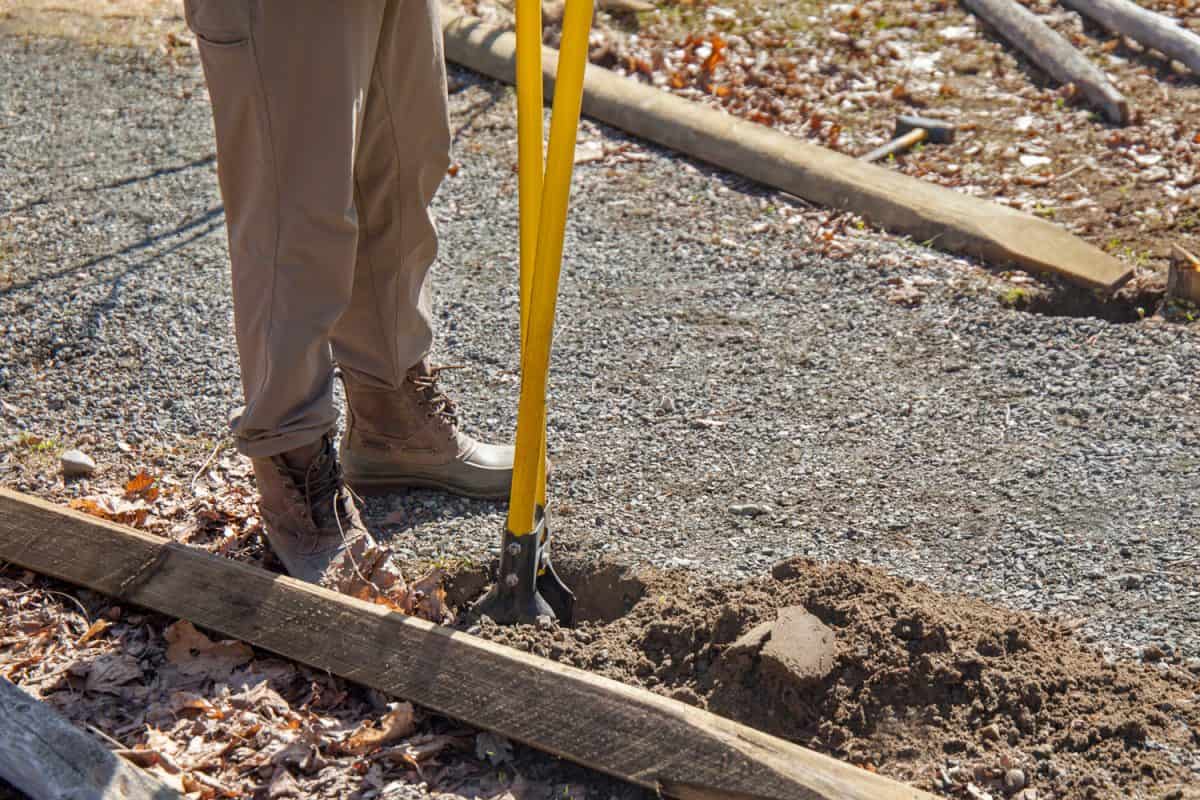
This post hole digger is the traditional way of boring holes into the earth. It has the most straightforward design and is easiest to operate but may require more labor.
Manual post hole diggers look like salad tongs with long handles and two hinged scoops at the end. The mechanism works by pushing the end into the ground, rocking the handles back and forth to loosen the dirt then scooping it out.
You can frequently use these for easy projects like mailbox posts and fence post installations. Its main selling point is that it is the cheapest of all three. You can rent it for $30 to 40 per week or buy it for almost the same price of $15-$45.
Despite being the simplest in design, there are still different manual post hole diggers available on the market, such as:
- Scissor-Action or Split-Handles Digger
- Universal or Boston
- Double Pivot
- Offset
- Traditional
Electric-Powered Post Hole Diggers
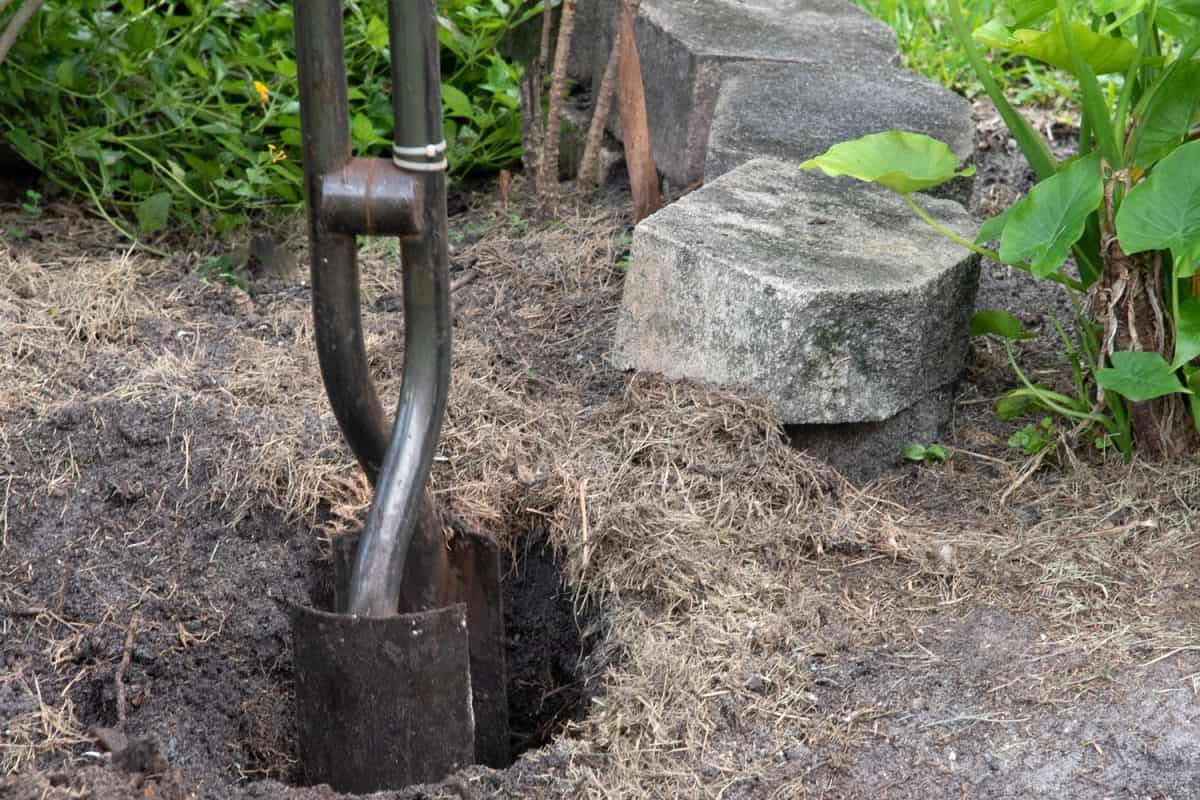
It works the same way as gas-powered diggers, but the main difference is that it runs on an electric motor. It is lighter, more convenient, and environmental-friendly yet consumes more power. There is also another kind of electric digger that runs on a battery.
In contrast to the expensive gas-powered digger, an electric-powered one is ten-folds cheaper; that is why you can own a new one at a mere $100-$150 or rent one for half the price of $50-$75.
Consider your budget and the frequency of usage before making a decision. Whether you choose to buy or rent. It is best to consult and seek the opinion of others on what kind of digger suits your need.
Factors to Consider When Choosing Post Hole Diggers
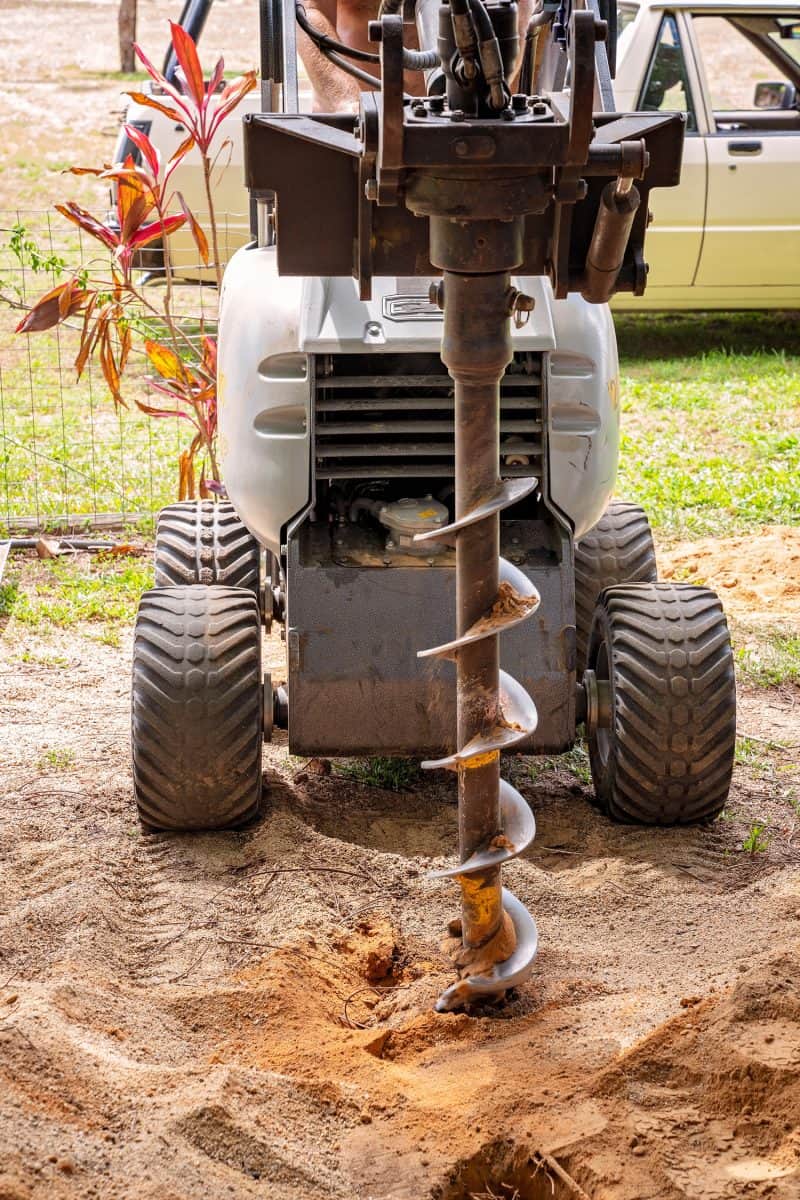
To make the most out of your money, choose the most suitable post hole digger for your need. It should be able to do the job without poking a hole in your pocket.
Handle
Regardless if it's powered or manual, your main point of contact with the tool is the handle. You must be comfortable with the material.
Moreover, it should have leverage for better grasp and control to ease up the task of digging. In general, wider handles offer better control, especially for powered post hole diggers.
Auger
The auger is the part that bores a hole into the ground and resembles a drill bit. It is essential in getting the job done and can be manual, gas, or electric powered.
You should always consider auger sizes. Any concrete projects require a large auger, 8-inch or 12-inch, while smaller 4-inch or 6-inch augers are sufficient for more delicate tasks. Remember that only heavy machinery or power engine can handle a 12-inch auger.
Depth Capacity
Assess how deep the hole should be. The typical depth for deck and fence posts is 4 feet deep. Manual post hole diggers have long handles allowing them to burrow deep into the ground. Power diggers rarely have 4-foot augers, but capacity can be increased.
Don't force your way immediately into the ground as this can make the auger removal difficult. Start slowly while removing loosened dirt every 4 or 6 feet.
Engine Motor
First off, look for motors that are 40cc or larger and have at least 10 amps to prevent overheating. If you're working on compacted soil full of stones, choose a 2 -1/4 horsepower engine. But 1-1/2 will suffice for normal grounds.
Weight
Be sure you can manage the size and weight of your post hole digger. You should be able to maneuver the tool with or without the soil.
The manual at 10 pounds is the lightest of all; next are electric post hole diggers at 20 pounds and the heaviest are gas-powered at 40 pounds.
Remember that these numbers are for the tool only. You'll be adding 5 or 10 pounds of earth, so assess yourself if you can carry the total weight.
Post Hole Digger Top Picks
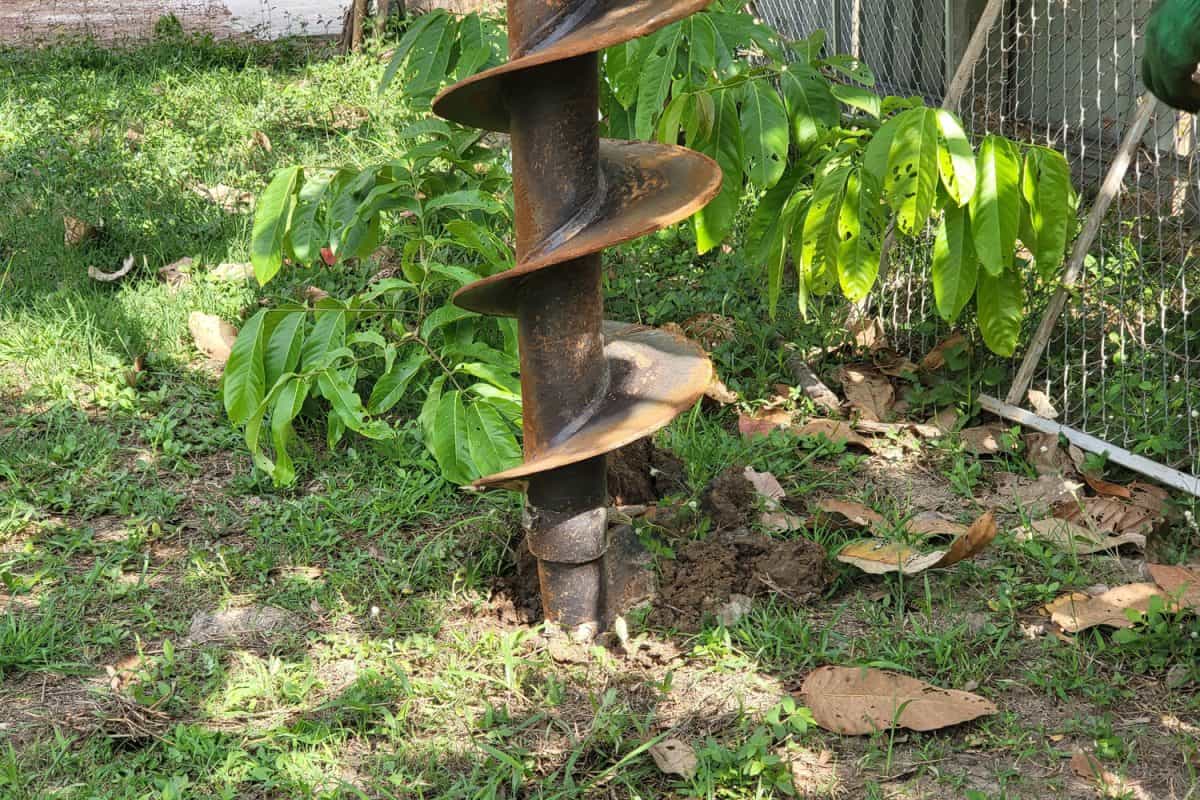
We have to admit that the vast array of post hole diggers on the market can be overwhelming. To make the choosing easier, we have compiled a list of the most popular diggers, manual and powered, together with users' comments.
Best Miniature Post Hole Digger
Users praise this tool due to its durability. It is created with high-quality steel and is strongly welded for the best performance. Moreover, it is heavily coated with paint, preventing it from rusting quickly.
Check out this Truper 30379 Tru Pro on Amazon!
Best Manual Auger-Style Post Hole Digger
One user praised it for its well-constructed and designed handle that is sturdy enough for any task. It is lightweight and coated with rust-resistant paint, so you can ensure it will last a long time.
Check out this Auger Type Post Hole Digger on Amazon!
Best Manual Clam-Style Post Hole Digger
A piece of very sturdy equipment perfect for gardening and light tasks. The high-end blades, strong long wood handles, and rubber grip make it the go-to tool for those in need of a quick fix. Moreover, the old-school design adds to the overall charm.
Check out this ANES 2701600 Post Hole Digger!
Best Heavy-Duty Post Hole Digger
One reviewer said that this is indeed a powerful machine, enough to do nine footings for a deck. Equipped with a 3.4 horsepower engine and a drill that can spin at 8,500 rpm, this is the perfect choice for drilling holes as swiftly as possible.
Check out this ECO LLC 63CC Post Hole Digger on Amazon!
Best Electric Post Hole Digger
This digger's main selling point is its durability and digging capability. It has a powerful 1500-watt motor that can operate a drill to 2,700 rpm. Suitable for users who want to work with power diggers in closed spaces and prefer non-gas units.
Check out this XtremepowerUS 85060 Post Hole Digger on Amazon!
Best Value Post Hole Digger
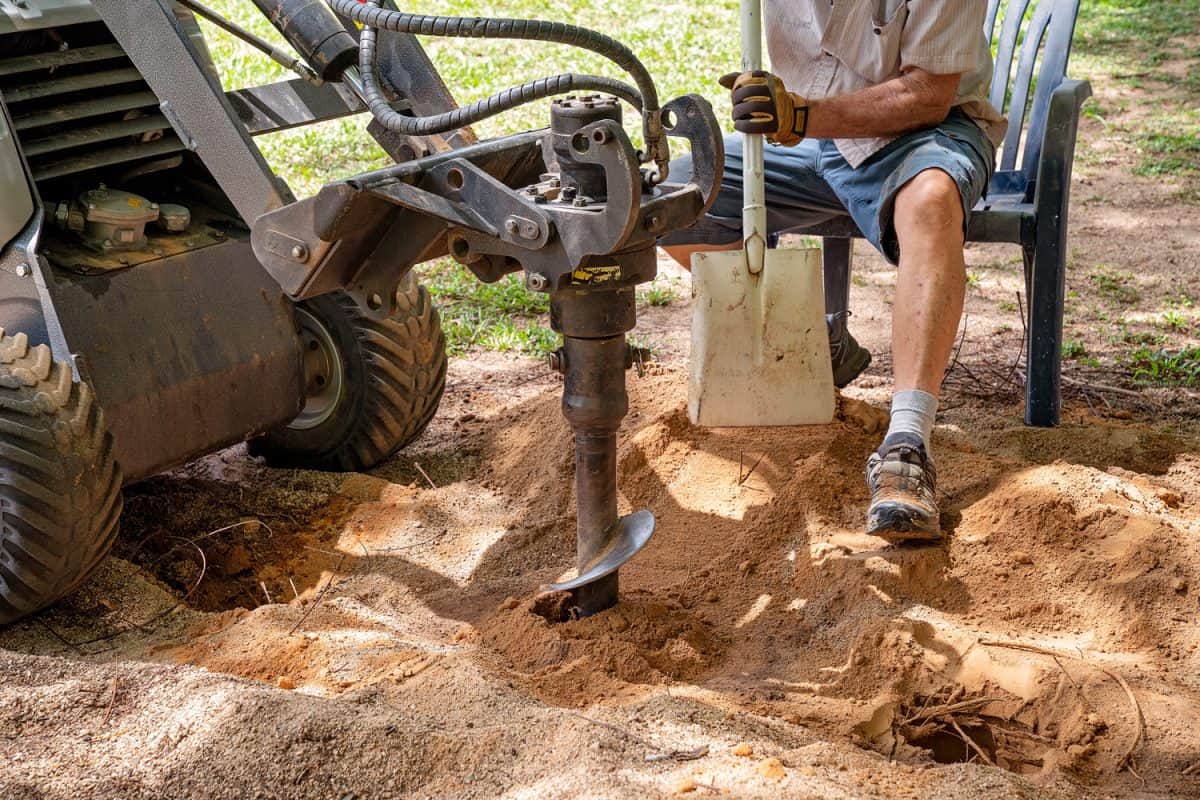
If you want the best for less, this is the one. It is large and powerful but cheaper compared to other engines. As reviewed by DIYers, even the most challenging soil is no match for this digger. The machine will do all the digging jobs for you.
Check out this GardenTrax Earth Auger on Amazon!
Conclusion
Post Hole Diggers are helpful tools that can be used in different tasks aside from burrowing soil. We recommend consulting your contractor or someone knowledgeable before renting or purchasing one to ensure you're getting the right kind. Remember to keep the warranty claims, rental slips, and receipts for your security and save money.
If you find this article helpful, you might want to read these two related topics.








